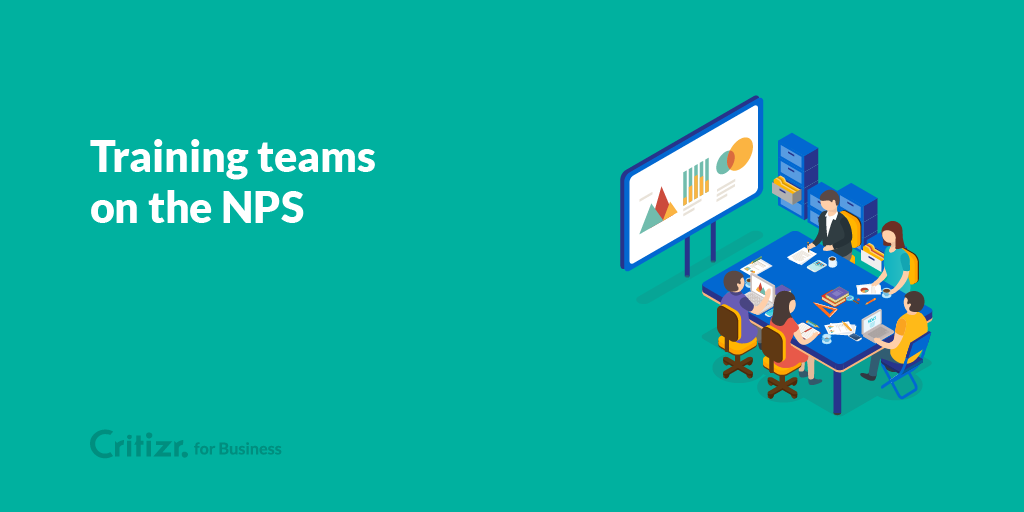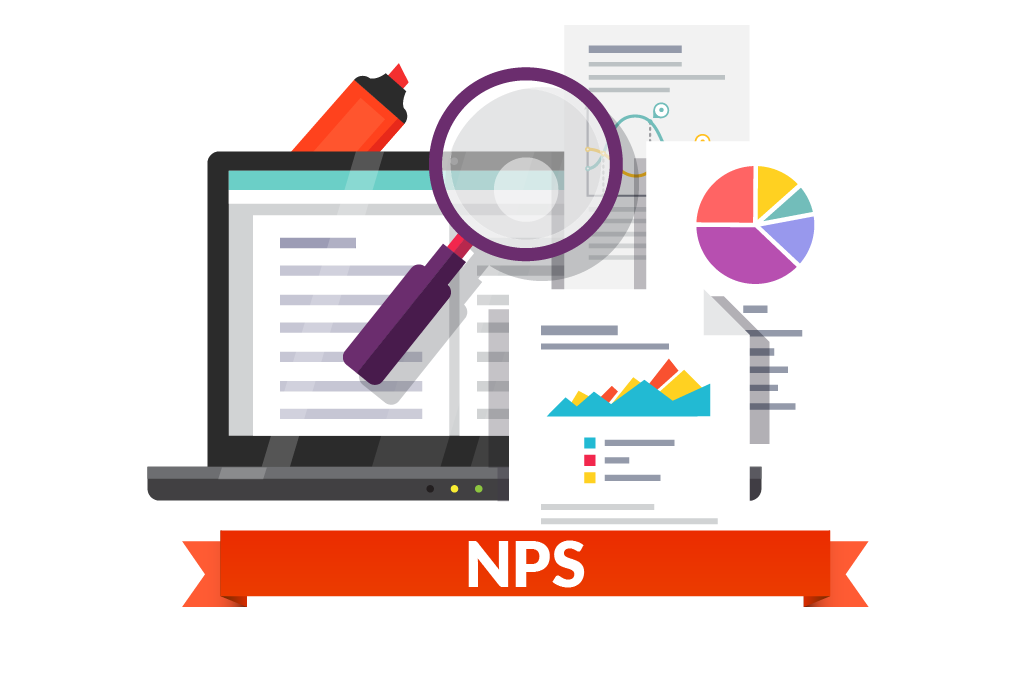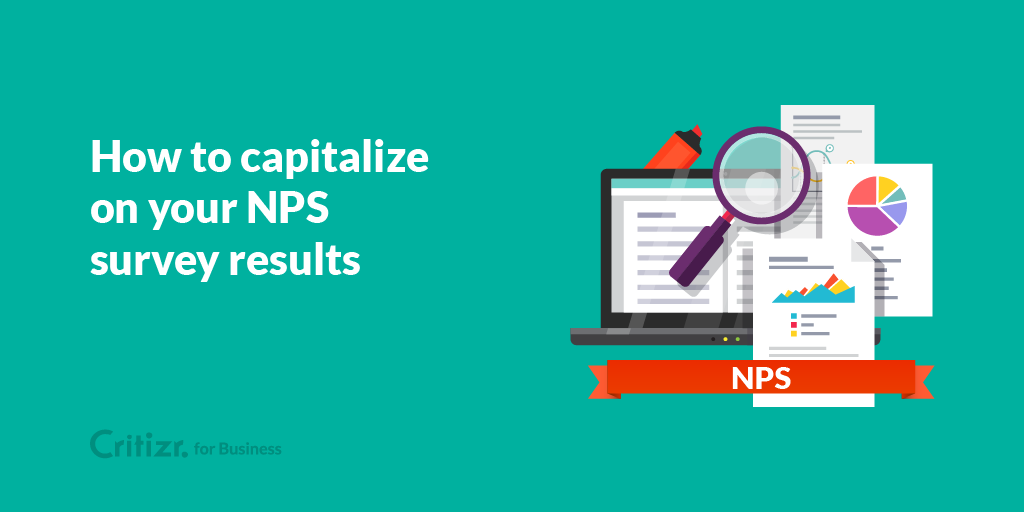
Solutions
Solve your most critical customer experience challenges

International Customer Success Manager @ Critizr


The NPS (Net Promoter Score) is a customer satisfaction indicator frequently used today. It allows you to measure the probability of your customers speaking about you within their social circles. As far as metrics go, this one’s quite important! The question is: once you have executed an NPS survey, what can actually be done with the results? What actions can be put into place that will unleash the potential of ambassadors or win back detractors from the brink?
In the era of “big data,” companies have in their possession plenty of data on every one of their customers and prospects:
Amidst the endless stream of information, it appears that the notion of “instant satisfaction,” generated by the “recommendation question” at the heart of the NPS approach, is not sufficiently exploited to drive customer engagement strategies. However, as it can be collected on a large scale and on a regular basis, this information represents a major lever concerning the relevance of the CRM tools put in place by companies.
In order to tap into the potential of high-caliber customers (known as ambassadors) to recommend your business within their social circles, consider the following initiatives:
Ambassadors also provide you the opportunity to capitalize on their positive experiences.
Use the NPS analysis to identify passive customers and adopt an action plan designed specifically for their profile. This customer type represents a golden opportunity for you as it is generally easier to convert them to promoters than it is to turn them into detractors.
Customers are often passive simply because they have not yet established a link with the brand, as they are primarily interested in the product itself. To win them over, you can give them more support, more advice, and more attention. There’s a real potential here to convert passive customers into promoters who can help you to raise your NPS.
For customers who are labeled as “detractors,” it is crucial to re-establish contact with them in order to acknowledge their dissatisfaction and, more importantly, to demonstrate the consideration your brand has for its customers (satisfied or not).
These customers must then be followed up on with prompt, targeted actions:
WATCH THE WEBINAR: BECOME AN NPS EXPERT IN 20 MINUTES

In all of these cases, the answers provided to the supplementary questions that are sometimes included in the NPS survey (e.g. What is the reason you gave the score you did?) can be quite useful to your brand, as you can use such data to more easily contextualize the customer’s situation and thus better target him or her with the appropriate message/approach. The solutions or offers proposed to them can thus be more pertinent concerning the issue that had caused the customer’s dissatisfaction in the first place.
Whatever the case may be, prioritize physical contact via a phone call as opposed to sending an email, which may be perceived by the customer as impersonal. Most of the time, the customer will feel pleasantly surprised to have received a call back (and therefore feel that his or her position is being taken into consideration by you) and so the solutions you propose will generally work to sway the customer back toward feeling positive about their experiences with your company.
Every company knows it costs significantly less to keep a customer than it does to buy a new one. Some studies even go so far as to suggest that brands have a vested interest in capitalizing on their customers’ dissatisfaction: “Your unhappiest customers are your greatest source of learning.” - Bill Gates. Yesterday’s most dissatisfied customers could become tomorrow’s most fervent ambassadors once their situation has been taken into consideration and potentially resolved.
At Critizr, we arm those in charge of processing customer feedback with the tools that enable them to achieve optimal reactivity in following up with dissatisfied customers. For example, a customer with a loyalty card who gives a post-in-store-purchase a score of 3/10 can receive a follow-up from the store within 5 minutes of their review. For the customer, this kind of reactiveness can do very well to make a good impression. According to a study conducted with one of our clients, 81% of the detractors who were followed up on ended up giving a higher NPS score in a later survey.
If you’re still in doubt that this type of action plan can work for you, you can always conduct an A/B testing. Detractors can be divided into two main categories: those who will be followed up on and those who will not be followed up on following their negative feedback. It would be an interesting exercise to then track both groups to compare respectively the rates of detractors who are converted into happy customers. This analysis could serve to optimize your action plans following an NPS initiative.
NPS is an indicator made for the companies of today. It works well as a barometer of satisfaction as well as a source of action planning for satisfied and dissatisfied customers alike. You should keep in mind that the NPS and, more broadly, satisfaction surveys have the purpose of improving the overall experience for customers—customers who are and will always be the best sources of communication for your brand.
Hear about our upcoming events and read the latest success stories from our clients.